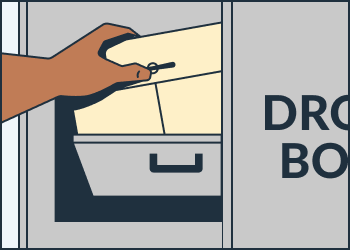Before you start
Consider getting help if you are worried about including anything in your papers that may incriminate you.
-
Get free, in-person help from the court. Learn more about your local court’s Self-Help Center.
-
Hire a lawyer to help you with all or a part of your case. It’s possible to go through this process without a lawyer. But, having a restraining order against you may have a lot of consequences, and you may wish to hire a lawyer.
How to respond to a request for restraining orders
-
Fill out the Response form (EA-120)
- Fill out the form, called Response to Request for Elder or Dependent Adult Abuse Restraining Orders (form EA-120)
- Attach a copy of any evidence you have (pictures, text messages). If you need more time to put together evidence, you can let the judge know at your hearing (court date).
-
Make copies of your forms
After you’ve filled out and signed the Response (form EA-120), make 2 copies. You'll need the 2 copies, plus the original, when you file with the court.
-
File your forms
Take your forms and copies to the courthouse listed on the papers you were served.
At the courthouse, you’ll file the forms by giving the original and two copies to the clerk. The clerk will keep the original, stamp your copies, and return the copies to you. One copy is for your records. The other copy is for the other side.
You will not have to pay a fee to file your response (form EA-120).

Some courts have a drop box that you can use. If you use a drop box include the original and 2 copies to the clerk. After you drop your papers, you will have to go to the courthouse to pick up your copies. If your court hearing is only a few days away, do not use a drop box. Take your papers to the court clerk to file.
Some courts allow online filing. You can find out if your court has online filing by visiting your court’s website.
What's next?
Once you’ve completed and filed your forms, you'll need to have a copy mailed to the other side. You will need to find another adult to do this for you.

